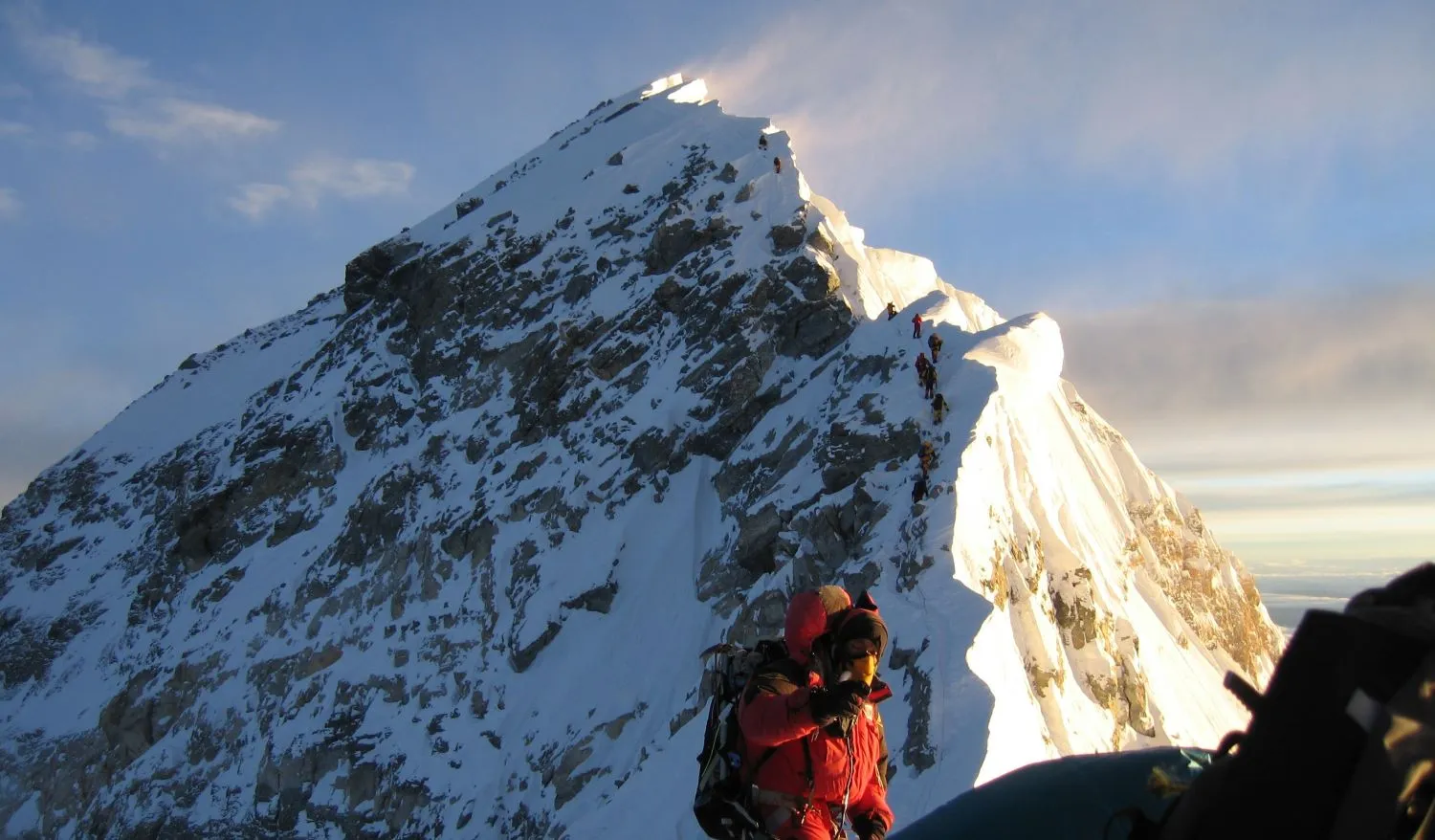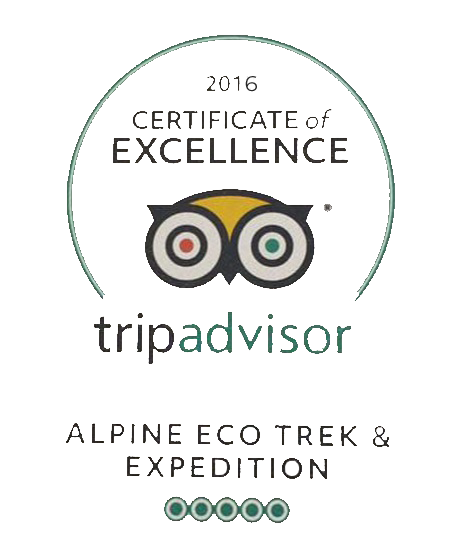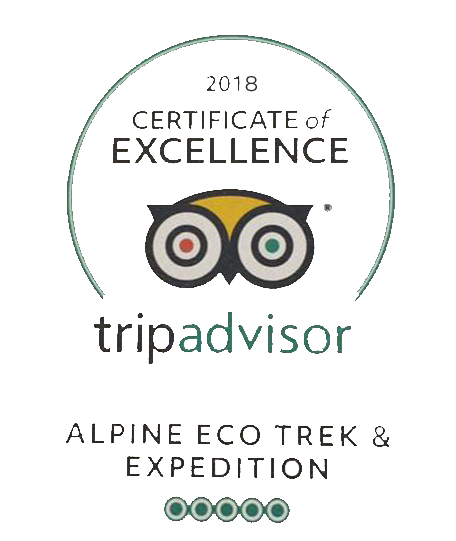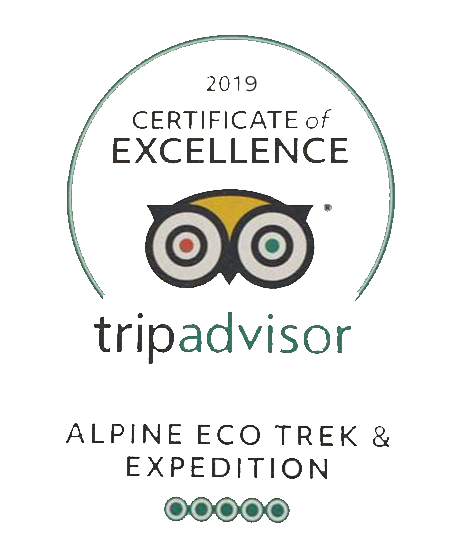High Altitude Sickness of Everest Base Camp Trek
-
September 8, 2023
-
Ram Kumar Adhikari
High Altitude Sickness of Everest Base Camp Trek
High Altitude Sickness of Everest Base Camp Trek: Traveling and the passion to do so have been stagnant if not increased when compared to the changes that the world has seen. As such, Nepal has been identified as one of the premium destinations for travel given that the country is home to the esteemed Himalayas and a mix of various cultures that take pride in helping Nepal to the glorified nation it is today. Trekking in Nepal, as lucrative as it may sound, presents countless challenges that can impede the pace of your journey. Trekking to the Everest Base Camp is probably on your bucket list if you are an avid trekker. One major challenge trekkers face during traveling at high altitudes like the Everest Base Camp is high altitude sickness. Here is everything you need to know about high-altitude sickness for your Everest Base Camp trek.
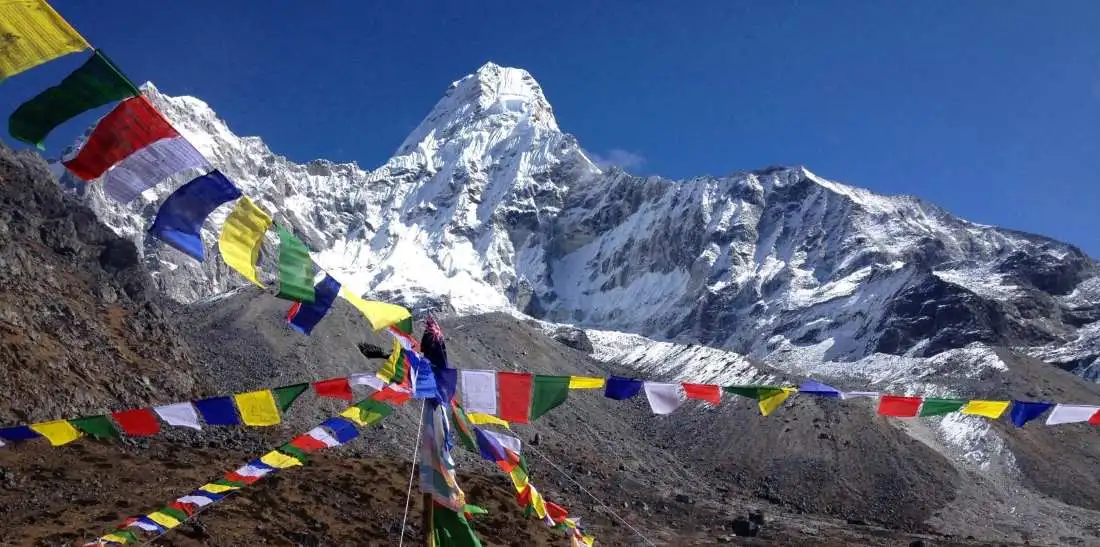
Where is Everest Base Camp?
The Everest Base Camp trek takes you to the foot of the world’s highest mountain, Mt. Everest (8848m). Being one of the most popular trekking programs, thousands of trekkers from all over the world come to undertake the journey every year. The Everest Base Camp trek indeed is an exotic experience as you reach as high as 5,545 meters at Kalapatthar. This trek presents a number of challenges and one of the biggest threats is High altitude sickness. As you ascend an altitude above 3000 meters, the atmosphere has a lesser amount of oxygen available which can give trekkers a hard time during high-altitude treks. Therefore, it is recommended that the trekkers be well-informed about its risks and preventive measures.

What is Altitude Sickness?
Altitude sickness, also known as Acute Mountain Sickness (AMS), in general, is a state where your body does not have enough oxygen due to the low oxygen levels and air pressure at high altitudes. When you gain great altitude at a fast pace, your body doesn’t adapt to the atmosphere at the same pace. Above 2400 meters, the atmosphere has 60 percent less oxygen than the sea level; this is where people start feeling the changes. As the altitude steadily increases while on the trek, the oxygen level starts decreasing as a result trekking becomes harder. This causes several body problems such as dizziness, giddiness, nausea, diarrhea, loss of appetite, insomnia, and shortness of breath. In the absence of ample care and immediate response, the effects of AMS can be fatal as well.

The best trekking trips with a grand offer at our company
- Everest Base Camp Trek
- 13 Days Everest Base Camp Trek
- Everest View Trek
- Everest 3 Passes Trek
- Everest Base Camp with Island Peak Climbing
Symptoms of Altitude Sickness?
Some of the typical symptoms of altitude sickness are headache, nausea, vomiting, and lightheadedness. However, symptoms can vary according to the level of altitude. We can classify altitude sickness symptoms into three levels: mild/short-term, moderate, and severe altitude sickness. Mild/short-term altitude sickness can cause dizziness, fatigue, shortness of breath, loss of appetite, sleep problems, and loss of energy. These symptoms usually start showing around 12 to 24 hours of altitude ascension. But these symptoms lessen within a day or two as the body adapts to the altitude. Moderate altitude sickness affects the body at intense levels and cannot be relieved by over-the-counter medicines. Symptoms include fatigue, weakness, and shortness of breath which worsen over time.
Any person affected will lose coordination and have severe headaches, nausea/vomiting, and tightness or congestion in the chest. Severe altitude sickness symptoms include shortness of breath even at rest, inability to walk, confusion, and fluid buildup in the lungs and/or brain. Additional symptoms include cough and grey, pale or bluish skin tone. Severe altitude sickness is a critical condition where the affected person must be escorted to a lower altitude immediately. Any more time spent at higher altitudes is sure to cause fatal losses.
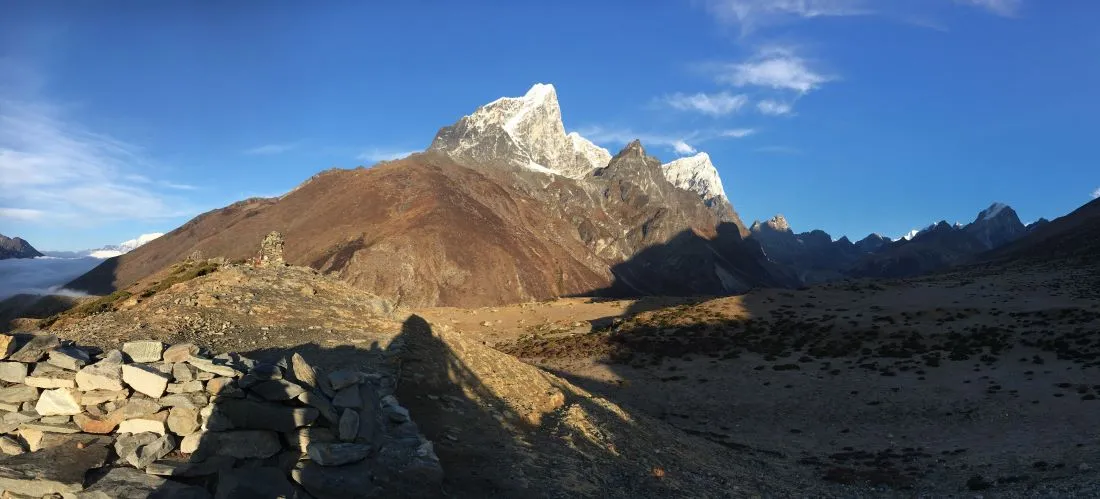
How to Prevent Altitude Sickness?
As we already know, altitude sickness is a major threat. Before we head out on any high-altitude trek, we must know well about the terrains that are to be explored on the trip. One of the major things one must know about the Everest Base Camp Trek is that the trek trail consists of a lot of varying terrains causing the level of oxygen to differ in those places. Himalayan traversals like that in the Everest Base Camp trek require acclimatization to be done at different places for varying time duration so that you can resume the trek without any concerns of AMS.
Medical Precautions (Everest Base Camp altitude)
One of the most popular and proven ways to prevent altitude sickness is to take medications. Diamox (Acetazolamide) is a medication that speeds up the process of acclimatization. If used in the correct manner, you can allow your body to adapt to the atmosphere at a faster rate. But it is strictly recommended that you only take these medications under your physician’s prescriptions.
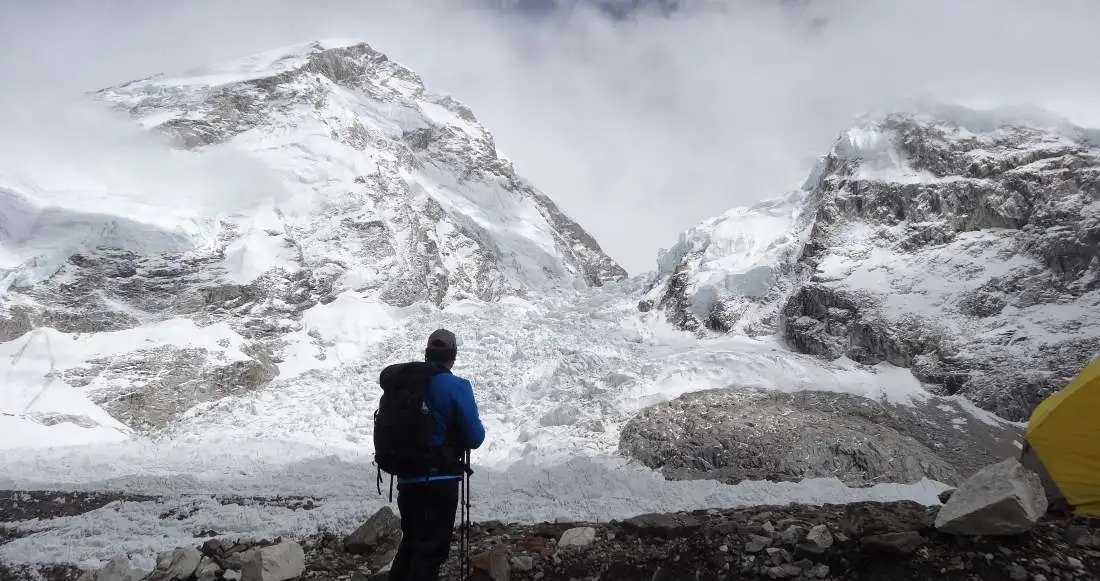
Regulating Pace and Pattern
While trekking at high altitudes, trekkers must keep in mind to regulate a steady pace. Oftentimes, trekkers overestimate their abilities and rush to finish their treks. Rushing can cause serious problems for the body as it does not give you enough time to adapt to the change in the atmosphere. It is strictly recommended that you take your time and regulate a slow and steady pace and pattern and not exert excess pressure on your body. Keep in mind to take breaths and not tire your body, your breathing pattern will save you from being oxygen deficient.
Hike High, Sleep at Low Altitude
During your sleep, your body might start showing symptoms of altitude sickness which can be noticed after you wake up. You will have difficulty sleeping due to breathing problems. It is recommended that all high-altitude ascension should be done during the day and it is considered best if you descend to a lower altitude for the night. After you cross 3,000 meters above sea level, it is advised to keep the altitude difference between two consecutive sleep stops below 500 meters.
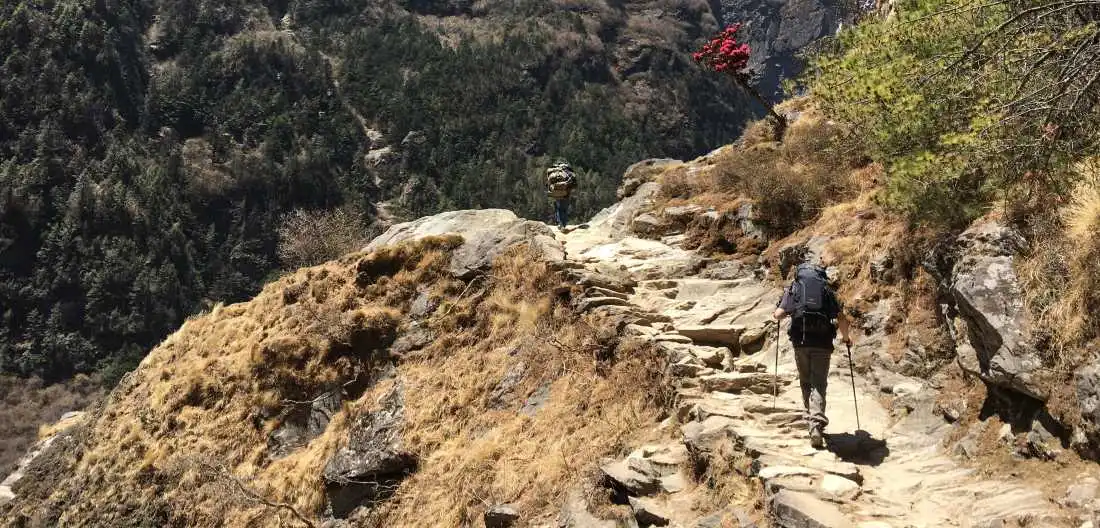
Stay Hydrated
Staying hydrated is a key essential for activities involving physical exertion and even more so when trekking. One major thing people fail to notice is that the cold surroundings at high altitudes will make you feel less thirsty. Under this delusion, your body will actually be dehydrated. You mustn’t get fooled by this and hydrate yourself even if you feel like you are fine. It is recommended that you drink up to 5 liters per day so that your body maintains its normal condition.
Alcohol and Coffee at High Elevation
Alcohol and similar derivatives must be avoided at all costs during the trek to Everest Base Camp and similar trips. Any alcohol consumption above 4,500 meters is not recommended. Alcohol’s effects suppress your breath leading to low oxygen levels in your blood. This can lead to crucial body problems, thus, it is strictly recommended that you avoid alcohol consumption during the entire period of your trek. It is better to not take a risk.
Drinking coffee will not have any negative effect on your body’s performance. However, regular coffee consumers mustn’t stop consuming coffee as an abrupt stop can cause severe headaches. These withdrawal symptoms are often confused to be with altitude sickness. Therefore, it is recommended that you keep a moderate intake in the Everest Base Camp trek.
Physical Fitness
Trekking is a challenging task. Any basic trekking requires a good level of physical fitness. If you prepare your body for the EBC trek by strength and cardio training, you will experience lesser trouble during the trek. Altitude sickness can affect anybody. It does not affect everyone in the same way, same place or same time. Therefore you must prepare your body physically to make it adapt to the changing atmospheres. Some prep treks around mildly high altitudes can be a good way to rehearse your body for the EBC trek.
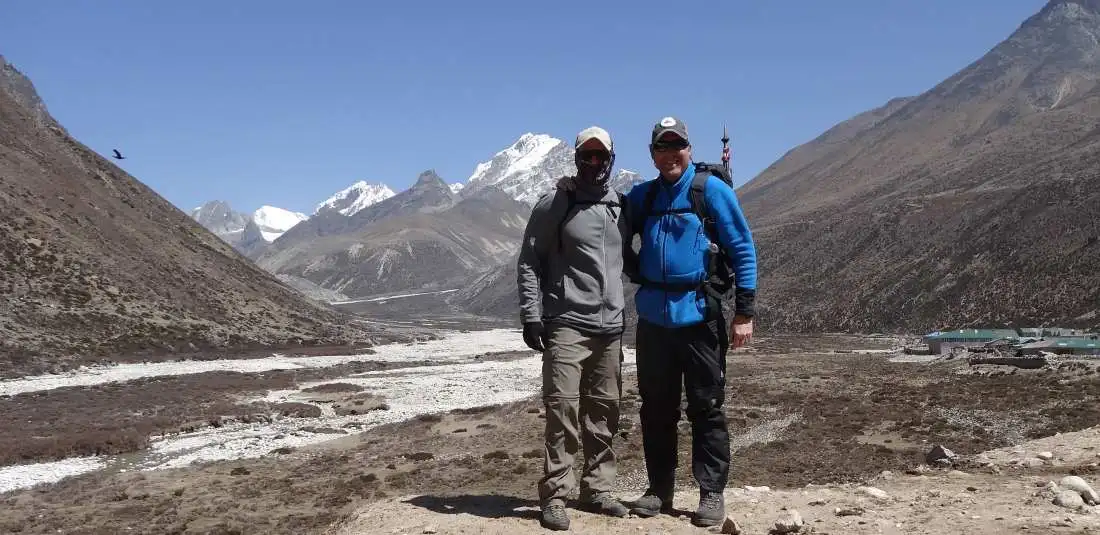
Healthy Mindset
The Everest Base Camp trek is a challenging and rewarding trek. It can often excite or even, at times, scare you. During such surging emotions, people tend to get over-excited and overestimate or underestimate their abilities. While overestimating one’s abilities, they tend to ignore minor symptoms and put more pressure on their own bodies. This can lead to severe altitude sickness. If you notice even a slight problem or a change in your body, you must immediately inform your companions. Oftentimes, people shy away from reporting such problems and end up getting severely sick. The EBC trek is a challenging yet enjoyable journey. You can reap the best possible experiences of it from a healthy mindset. Also, having strong mental endurance and perseverance goes a long way to having a successful trip.
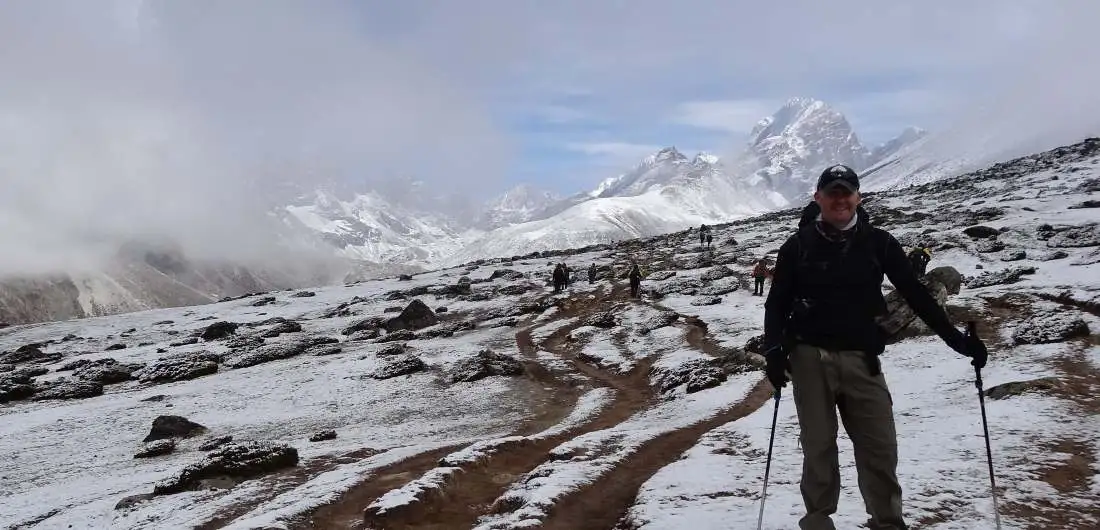
Additional Tips
Many of the trekkers that took on high-altitude trekking gave feedback on the consumption of dark chocolate/cocoa. They claim that consuming dark chocolate/cocoa helped them prevent altitude sickness. However, this is not a proven fact yet, it is a good idea to carry chocolates along with energy bars on the EBC Trek.
Nowadays, trekkers often use a hand-held Pulse-Oximeter to diagnose High altitude sickness. When oxygen levels are below 75 percent, the Pulse-Oximeter can diagnose High-altitude Pulmonary Edema. This device may project normal readings due to the increased breathing rate at high elevations. Therefore, people use it when the symptoms are definite.
Last but not least, it is crucially important to select the right trekking company. You must research thoroughly the services, itinerary, medical insurance, and other details that a trekking company will provide you with. Never take a trekking program just because it seems cheap or completes within a small time frame. Ensure that the trekking program has enough time for acclimatization and enough budget for impromptu delivery of services. We, at Alpine Eco Trek, operate in a similar fashion and with a high degree of proficiency to help you with your endeavors.
Conclusion
Everest Base Camp Trek is one such trek that ensures splendor and Himalayan ecstasy on the journey. It doesn’t go without saying that you will encounter several challenges on your route. You must know how to battle it and move on. Caution and that too of the utmost degree must be exercised on the trek so that you remain in the peak of the physical conditions to tell the tale of your trek. It is certain that you can be successful in your aspirations if you abide by the directed guidelines.



